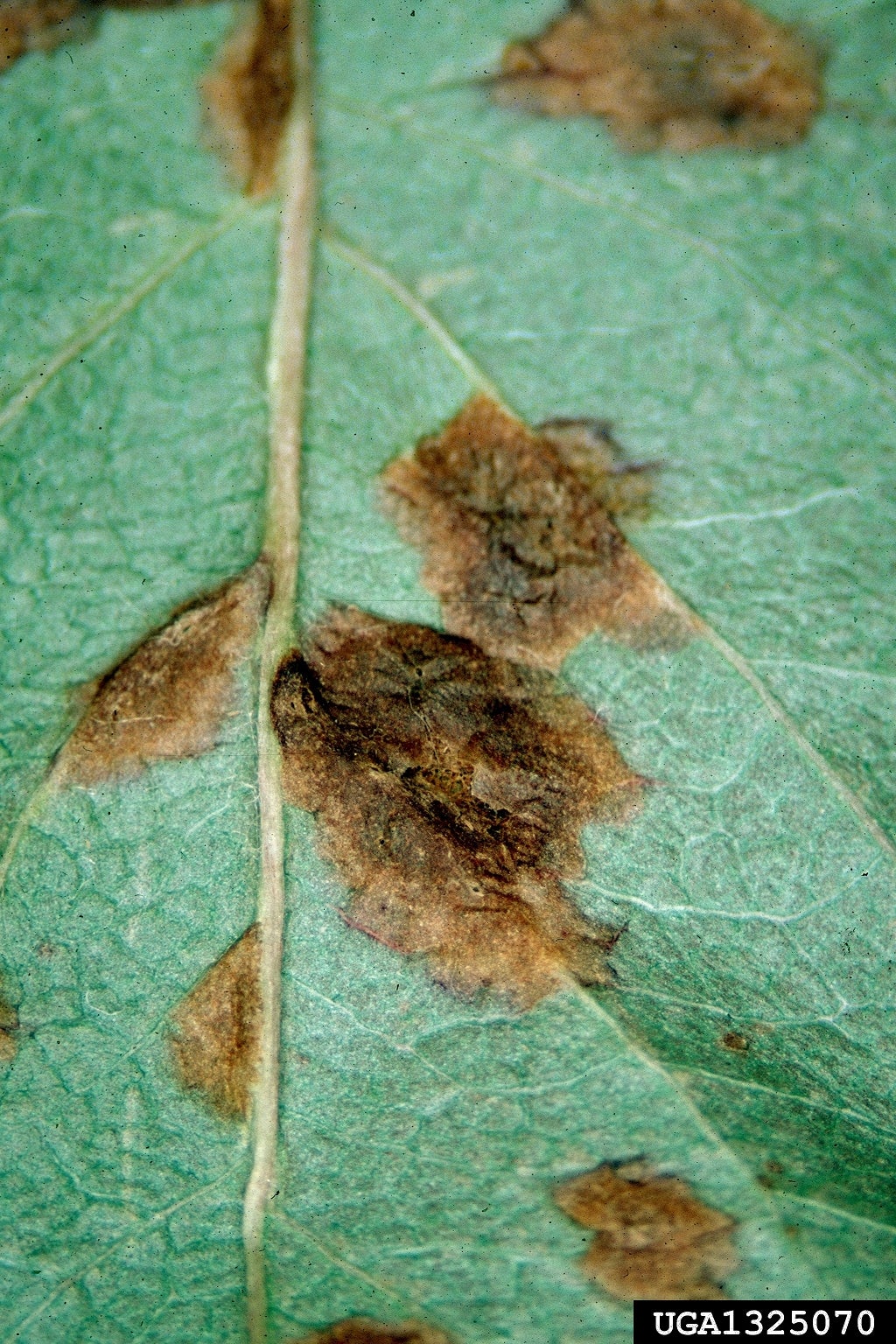What Are Blister Mites: Recognizing Blister Mite Damage


Blister mites (a type of eriophyid mite) are tiny, microscopic pests that can cause big problems when they are allowed to get out of control. For home fruit growers, blister mite damage is usually cosmetic, but problems for commercial fruit growers can be significant. Read on for more information and learn how to control blister mites in your garden.
What are Blister Mites?
The most common types of blister mite pests are pearleaf blister mite and appleleaf blister mite. The mites may also attack various plants such as cotoneaster, hawthorn, quince, serviceberry, and others.
The family of eriophyid mites also includes close cousins such as citrus bud mites, citrus rust mites, pear rust mites, redberry mite, tomato russet mite, and peach silver mite.
Symptoms of Blister Mite Damage
Blister mite pests enter the tree in late summer or early fall, overwintering until spring when they become active and feed on tender leaf tissue – especially when the weather is cool.
When blister mite pests burrow into the leaves, they cause distortions and red or green pimple-like blisters that eventually turn black or brown as the tissue dies. Affected leaves may drop from the plant, in turn, causing fruit to be sunburned. Severe infestations can cause scarred or deformed fruit, especially in pears.
The good news is that blister mite pests are slow moving and often affect only a single fruit tree or even a single branch. That bad news is that once you notice signs of blister mite damage, it is usually too late to do much about it.
How to Control Blister Mites
Remember that healthy trees are able to tolerate low populations of blister mites. Water and fertilize properly to keep trees in fighting condition.
Sign up for the Gardening Know How newsletter today and receive a free copy of our e-book "How to Grow Delicious Tomatoes".
Natural controls such as ladybugs, pirate bugs, lacewings, and predatory mites are critical for control of blister mite pests, and a healthy population of beneficial insects usually provides adequate control for fruit trees in the home garden.
Avoid toxic pesticides whenever possible, as killing beneficial insects only makes the problem worse by allowing blister mites to get the upper hand. Insecticidal soap sprays can be used to spot treat badly affected areas.
You can also treat serious outbreaks in autumn using horticultural oil. Dormant oil is effective if you notice blisters starting in spring. Blister mites can’t be treated during the summer months.

A Credentialed Garden Writer, Mary H. Dyer was with Gardening Know How in the very beginning, publishing articles as early as 2007.